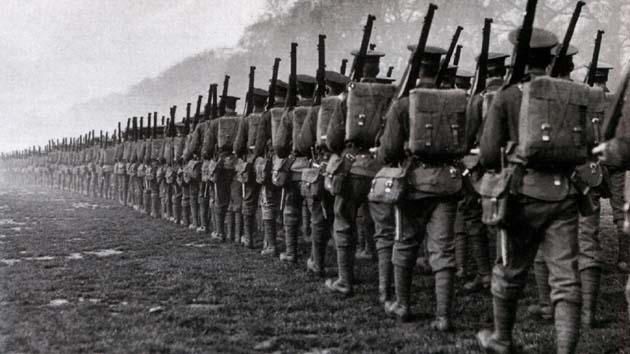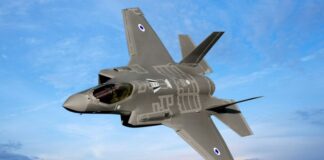One of the many myths about Australia’s involvement in World War I is that when the call to battle sounded in 1914, the cream of the nation’s manhood responded enthusiastically. Droves of young volunteers rushed to the battle standard, militarily naïve and innocent, unfamiliar with weapons and battle skills. Those with previous experiences of gun handing and shooting tended to come from the farms and bush, skills developed in the contexts of rural life and work.
Apart from the enthusiasm and the rush to volunteer, the rest is sheer romanticism and historical amnesia. On the contrary, in 1914 Australia was a nation that had been grooming and schooling its young males in military skills, and introducing their families to martial experiences, since 1911.
Australian military forces had been blooded in foreign wars in New Zealand against the Maori people in the 1860s, in the Sudan (1885-1886), in the Boer War (1899-1902), and in the Boxer Rebellion in China (1900-1901). These involvements had sown in British and Australian militarists and imperial strategists the desire for a better trained and more reliable Australian military force than previously available, to dovetail with, and better serve, British imperial interests.
Add to this a home-grown strand of imperialism looking to carve a niche for Australia in the Asia-Pacific region. Worth noting is that Australia’s first military action in World War I was the invasion of German New Guinea (September-November 1914), resulting in the loss of six Australian lives, laying the groundwork for Australia’s post-war exploitation of the region which continued until independence in 1975.
Add too the presence in Australia of a “blood shedding” strand of nationalist thought, which looked forward to the nation being “born in blood”, exemplified by an Australian poem in support of the Boer War which stated:
A nation is never a nation
Worthy of pride or place
Till the mothers have sent their firstborn
To look death in the field in the face.
Compulsory militarisation
Australian Defence Acts of 1903, 1904, and 1909 variously enabled compulsory military service for home defence. Before 1911, most importantly with the advice and assistance of the widely regarded and influential UK “military genius” Lord Kitchener, Australia was divided into a series of “army areas”, a purpose built military leadership training college was established in Canberra (Duntroon), and the plans hatched to introduce universal military training.
In 1911, the year the first cohort of military officers commenced training at Duntroon, a Labor government introduced a three-tiered system of compulsory military service for boys and adults between the ages of 12-26 years old, known as “universal training”. Military skills and service requirements were determined according to specified age-groups. Thus Australia became the first English-speaking nation to train its peacetime male population for war. The system continued to operate throughout World War I, and falteringly thereafter until another Labor government suspended the scheme in 1929.
“Universal training” did not go down well. It met with substantial resistance, invigorating and increasing the size and activities of the small anti-war forces that had opposed Australia’s colonial and post-Federation military involvements overseas.
By 1915 the compulsory training/conscription scheme had generated resistance to the extent of 34,000 prosecutions for infractions of the law, many of these parents who had failed to register their sons for participation; and 7000 people had variously served periods of incarceration in civilian and military jails for failing to comply with it. These figures, when considered in the context of Australia’s small population of the time, indicate significant resistance and non-compliance.
At the cutting edge of opposition to the scheme were the parents and boys involved. Add to these, trade unionists; socialists; pacifists who opposed war on religious grounds, for example Quakers; employers for whom the scheme threatened productivity and disrupted the organisation of work; rural people for whom the scheme meant the disruption of farm labour, especially on small farms, and problems associated with seasonal work and employment.
When attempts were made in 1916 and 1917 by the Labor government of William Morris Hughes to extend the system and deploy conscripts overseas, the anti-conscription movement that mobilised and successfully prevented this extension did not suddenly materialise and begin from scratch. Anti-conscription forces were already in place, and had runs on the board.
Far from being a nation of amateur, naïve and unprepared volunteers when Australia went to war in 1914, it was a nation in which the male population had been systematically drilled in military skills by its government since 1911. And it was a nation that had been groomed for war by its ruling class since colonial times.
However, it was also a nation in which resistance to military service, in particular compulsory military service, was significantly present. The wonder is that Hughes and his advisors thought they could get away with extending conscription. But then, the Labor Party has habitually tended to attract slow learners.
By Rowan Cahill, Honorary Fellow, Faculty of Law, Humanities and the Arts, Wollongong University and co-author with Terry Irving of Radical Sydney (2010)






